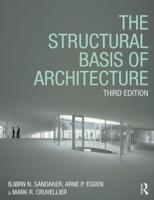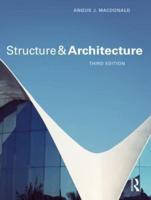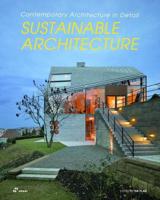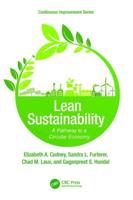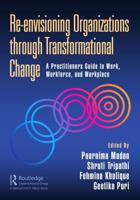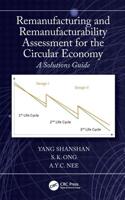Publisher's Synopsis
This book challenges the status quo where profligate building and urban development is described as 'green' and 'low carbon', exposing a number of 'elephants in the big green room' that severely impact upon society and the environment. It questions the ethics, equity and sustainability of continued growth of the building stock in industrialized contexts amid diminishing demand, whilst the developing world is deprived of basic resources and infrastructure. Even a 'circular' built environment may not go far enough, when dramatic reduction in consumption of resources is required to meet 'sufficient' service levels. More socio-economic value may be derived from built resources by their stewardship, adaptation, reuse and equitable sharing, while ameliorating the adverse impacts of overconsumption. By taking a wider perspective of a sustainable built environment, the text-illustrated by case studies from the Olympics and nine countries-reframes the policy debate and reforms current approaches through a new theory and manifesto. It will appeal to policy makers, architects, urban designers, educators, students and green building practitioners.

